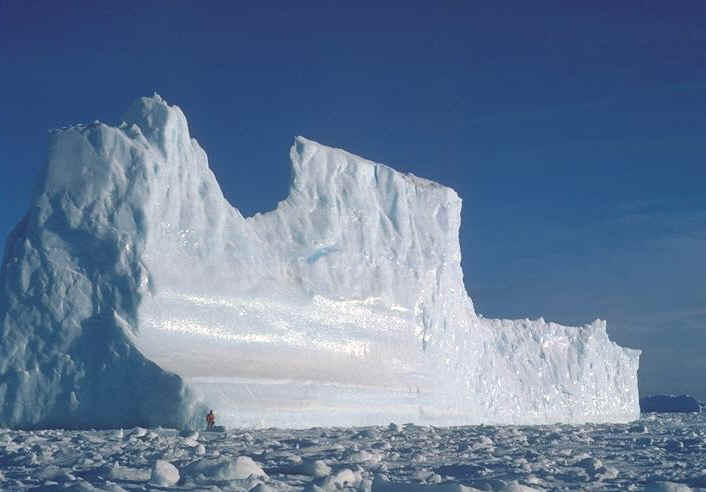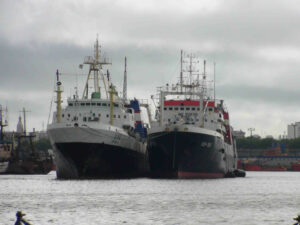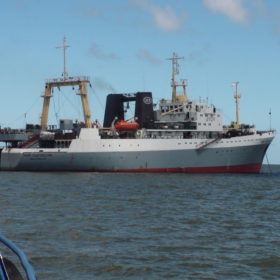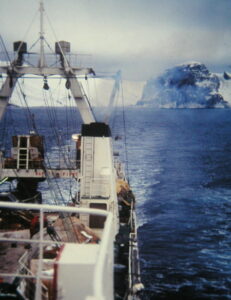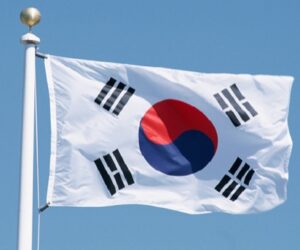Yes….but!!…there is still a road ahead to transit.
Our latest report talks about how fishing regulations, commerce and geopolitical interests clash on the “Antarctic krill territory“.
Tharos’ reviews November 2016 (latest) South Antarctic krill fishing regulations. They show that the industry, and CCAMLR, do a remarkable regulatory job, but new fishery conservation measures still have space to travel in terms of conservation areas.
Although well covered by the media, and operators and CCAMLR drafting a good regulation, most of the latest protected Ross Sea does not have much krill fishery, if any. This is FAO area 88 while most of the Antarctic krill fishery takes place in FAO area 48.
The new regulation took around five years of negotiations to establish a marine protected area (MPA) in the Antarctic Ross Sea Region, settled in October’s CCAMLR annual meeting in Hobart, Australia, where member countries agreed to protect 1,550,000 km2 (600,000 square miles) of the Ross Sea, covering more than 12 percent of the Southern Ocean, entering into force by December 2017 (season 2017/2018).
Learn more on CCAMLR’s latest regulatory measures; its impact on the South Antarctic krill fishery, how far it went on its quest to manage this fishery, and what China and Russia have to say on this.
Read Tharos’ CCAMLR MPAs and Other Political Aspects and CCAMLR CCAMLR 2015 Fishery Report.

